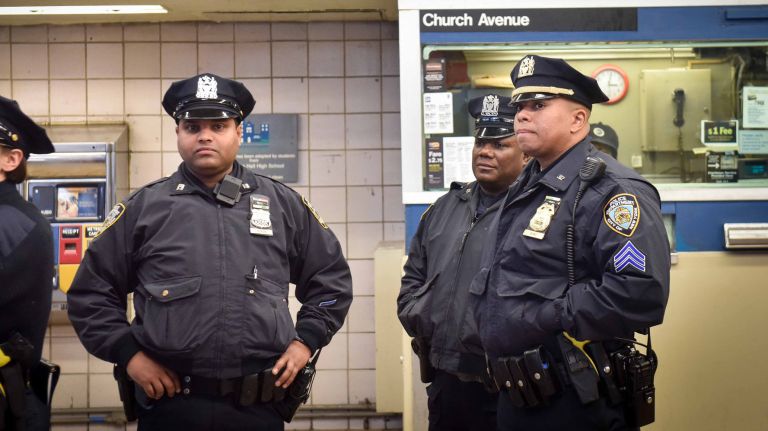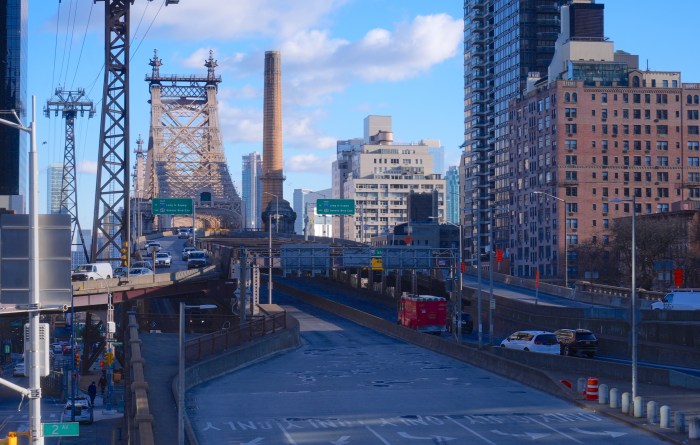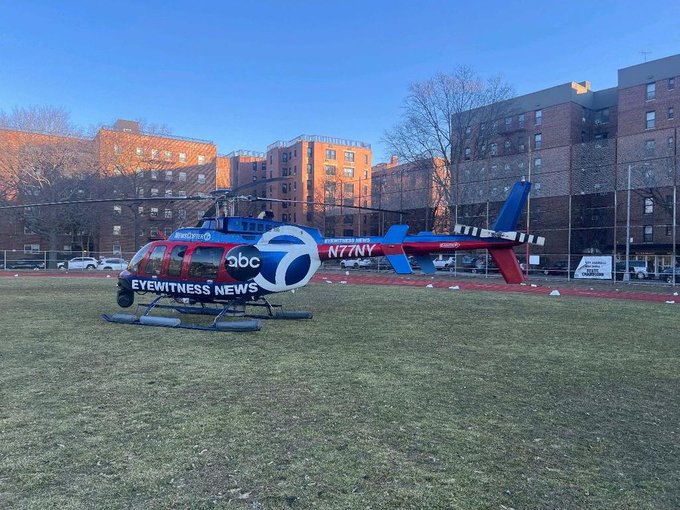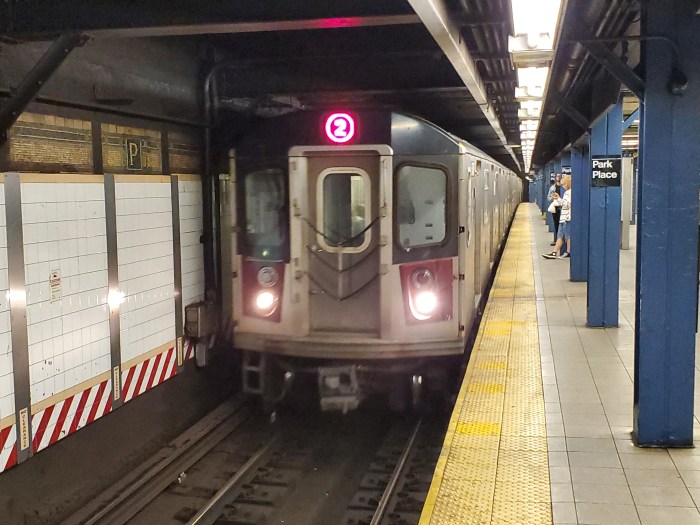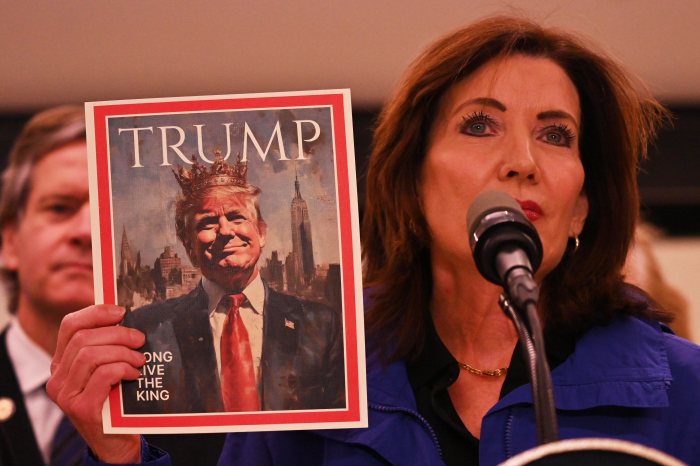MTA board members Monday called for a more targeted enforcement of fare evasion and questioned the authority’s move to hire hundreds of new police officers.
The members joined advocates in fearing that the cost of hiring 500 new cops would lead to worsening transit service as the MTA faces massive budget gaps. The ramp up in officers comes while crime in the transit system generally trends down, but as Governor Andrew Cuomo and his MTA have focused on “quality of life” concerns, including subway homelessness and an increase in fare evasion.
“We need to make sure, in the scarce resources that we have, that we are using dollars as effectively as possible. I worry that we’re not,” said MTA board member Robert Linn, on the millions that would have to go toward paying new officers, during a board meeting Monday.
The MTA has estimated that it lost about $225 million in revenue to fare evasion last year and expects that number to rise in 2019. At the same time, the additional cops, as well as 81 new supervisors, would cost the authority $260 million over the course of the next five years, according to a calculation from the Citizens Budget Commission.
Advocates said every added expense counts at an authority that is facing a billion-dollar operating budget gap in the offing.
“Our groups are concerned that increasing spending on mat police will reduce the MTA’s ability to maintain a high level of transit service,” said Rachael Fauss, of the good government group Reinvent Albany, during public testimony Monday. “This is the MTA’s core responsibility and its budget woes have already led to changes in bus service and reductions of subway cleaning staff with more cuts likely in the month ahead as the 2020 budget is finalized.”
Some board members, like Larry Schwartz, have pushed for a host of new techniques to fight the offense. Schwartz has called for adding more cops; installing more subway surveillance cameras and even bringing back the shrieking siren of the subway emergency gates—only with an increased, deafening volume. The MTA has already tried piloting the old sirens at several busy stations.
Transit President Andy Byford has begun discussing new subway turnstile designs — an albeit costly solution. Byford said the MTA would be testing a wider fare entry system, using paddles instead of turnstiles. The design would eliminate the MTA’s dependence on its emergency gates, which facilitate fare evasion but are necessary access points for certain riders, according to the MTA.
But fare evasion rates are higher on the bus, where roughly one in four riders don’t pay to ride, according to MTA data. The lost revenue from the top five bus routes with the worst fare evasion rates equal about the same in lost revenue from the top 50 subway stations with the worst rates, according to data Linn said he had acquired from the MTA.
“We do need a targeted tragedy for some of the most egregious losses of revenue in our system. Let’s focus our resources there,” said Veronica Vanterpool, another MTA board member. “Because we do owe it to our customers.”



